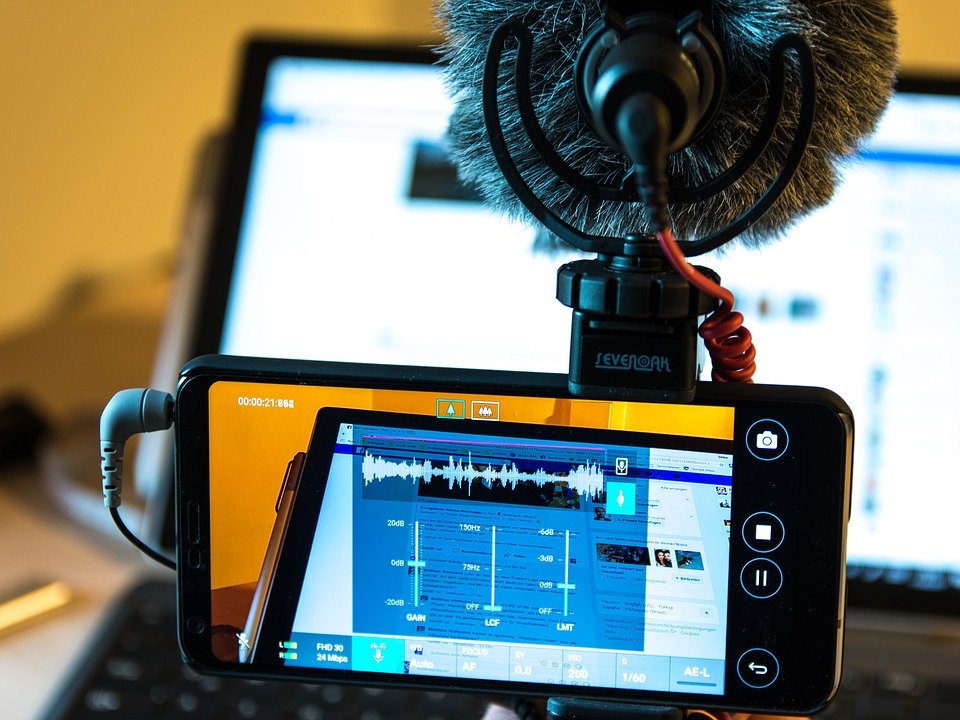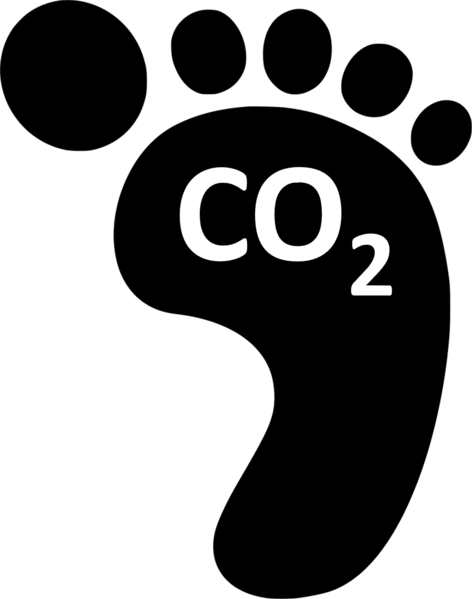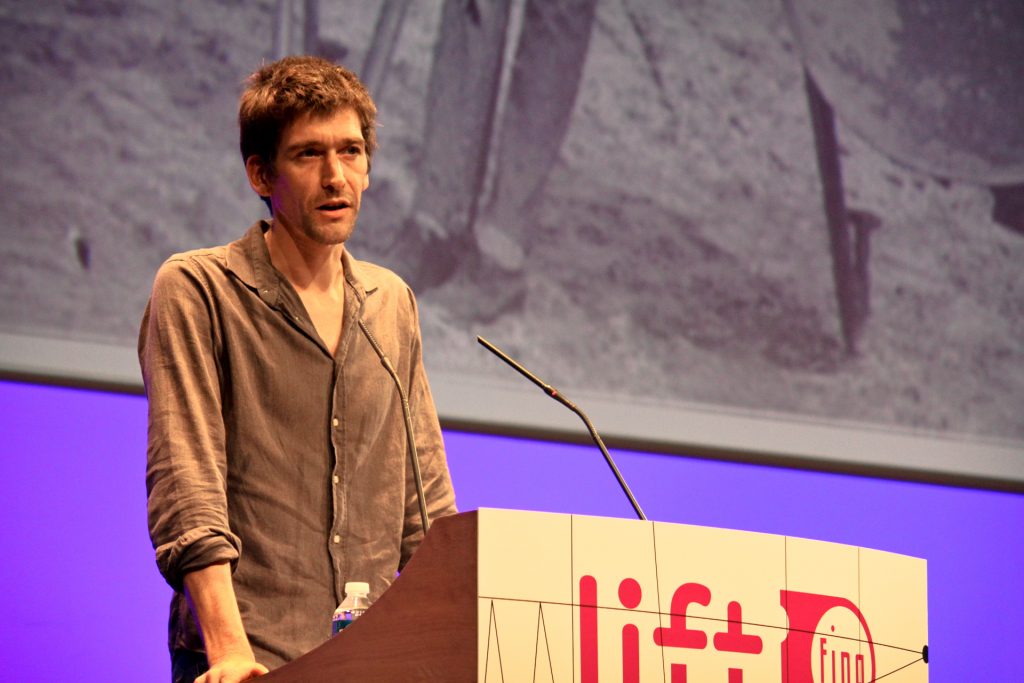The Cost of the Digital Age of Journalism
by KIKI WALLICK | Published October 10, 2019

In her blog post, What Will a New Age Journalist Do?, author Emily Kurtz discusses the digital age of journalism. She engages with the works of experienced journalists and multimedia reporters Bob Wyss and Bregtje van der Haak. Kurtz states that, “social media and rapid technological development have provided mediums for information to travel faster than ever” (2019).
Social media allows for stories to be told and shared at an unprecedent rate. Advancements in new media technologies allow for stories to be told with the aid of virtual reality, augmented reality, dazzling imagery, and interactive maps and figures. Kurtz makes the point that these new technologies in our media landscape will be out of touch for many journalists as they will be “out-competed by data gathering robots and citizen journalists” (2019). Another challenge in our digital age of journalism is the energy consumption and sustainability of the internet itself.

The internet allows for a sophistication in journalism that increases readers’ accessibility and engagement with the news. However, the internet comes as a cost to the environment. One we often do not talk about. A recent IRL podcast episode, The Internet’s Carbon Footprint, host Manoush Zomorodi explores the environmental impact of the internet. If the internet were to be considered a country, it would have the fourth highest energy consumption among all countries (IRL: Online Life is Real Life, episode 3, 2019). The episode discussed the energy footprint of various tech companies and apps. Google and Apple work to reduce their energy consumption by purchasing enough renewable power to cover the energy costs of their operations (IRL: Online Life is Real Life, episode 3, 2019). Some social media applications and streaming platforms, like Twitter, Hulu, Pintrest, and Reddit do little to combat their energy consumption (IRL: Online Life is Real Life, episode 3, 2019).
The main connection between the internet and its environmental impact is the source of the energy used to power and cool servers. Additonally, the layout and content of a webpage determine a sites energy consumption. Sites with high-resolution imagery, advertisements, streaming services, and cookies use more energy than those that do not.

One online blog, Low Tech Magazine, works to build the discourse surrounding technology and a sustainable society. The author, Kris De Decker, recently redesigned the site to be more sustainable. He removed advertisements and cookies and changed the site to a static page to reduce its energy consumption. Even better, Decker powers the site with a solar panel!
The internet and advancements in tech have allowed for the expansion of the digital age of journalism. With the rise of this digital age, we must reflect on how these great tools impact the world around us. The internet uses a surprising amount of energy. What are we doing to combat this issue? How can we green the digital age of journalism?
Sources
Kurtz, E. 2019. What Will A New Age Journalist Do? Accessed October 10, 2019.
Zomorodi, K. [Dir]. IRL: Online Life is Real Life. Season 5, episode 3, “The Internet’s Carbon Footprint.” Aired July 15, 2019, IRL. <https://irlpodcast.org/season5/episode3/> Accessed: October 8, 2019.
Image sources
Smartphone mobile reporting by Albers Heinemann.
Carbon footprint icon by Tommaso Sanson.
Kris de Decker by Swanny Mouton is licensed under CC BY 2.0.

